Frequently Asked Questions
Check out some of the most common questions new pilots have about paramotoring.
Coastal Paramotor training offered by Fly High Paramotors!



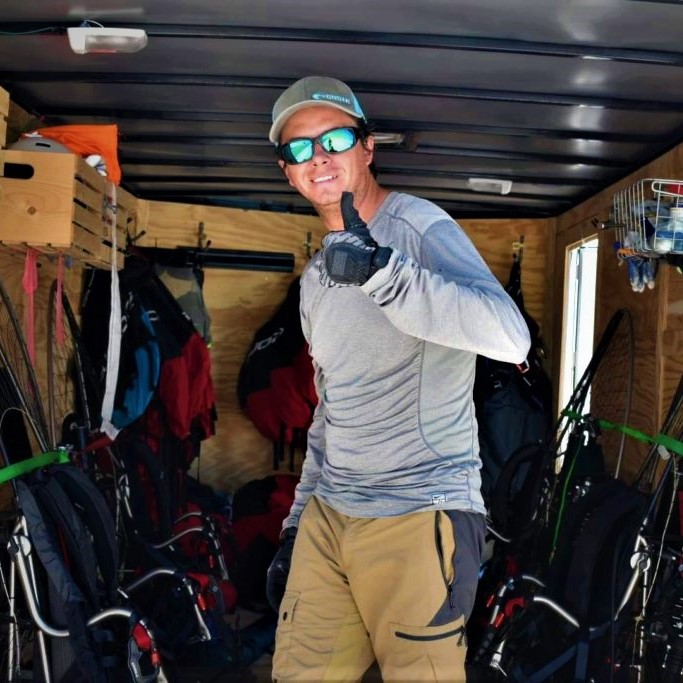
Since the age of 19, Robert “Robby” Marozsan has been testing the limits of human flight capabilities. He began his career as a paragliding pilot. Taking to the sky using only the power of natural lift sources such as thermals and dynamic ridge soaring techniques. A few years later, he began what would later become his career of powered paragliding with a paramotor. After over a decade of experience. Robert “Robby” Marozsan opened his doors at Fly High Paramotors in Pensacola Florida. He has successfully been teaching students to fly paramotors now for over 10 years.
Unlike other paramotor training schools I have small class sizes of only 4 students. This way I can give you the best possible attention and help guide you to learn all the skills needed to fly a Paramotor. I do all paramotor training along the coast to insure you get the best possible weather conditions for your paramotor training. I offer paramotor sales & training for the love I have for this sport. I get to meet great like minded people along the way make new friends. I have a blast watching new pilots take to the sky. This is why I formed Fly High Paramotors, to share this sport with others wanting to get into flying paramotors Let’s keep it fun, small and focused. See you in the air!
At Fly High Paramotors, we make sure that by the time your feet leave the ground.
You will posses both the knowledge and skills, to fly safely and securely.
Some paramotor courses rush through training and leave there students unprepared for certain dangerous situations. At Fly High we make sure to teach our pilots everything they need to know to fly safely. This includes both forward and reverse launching techniques.
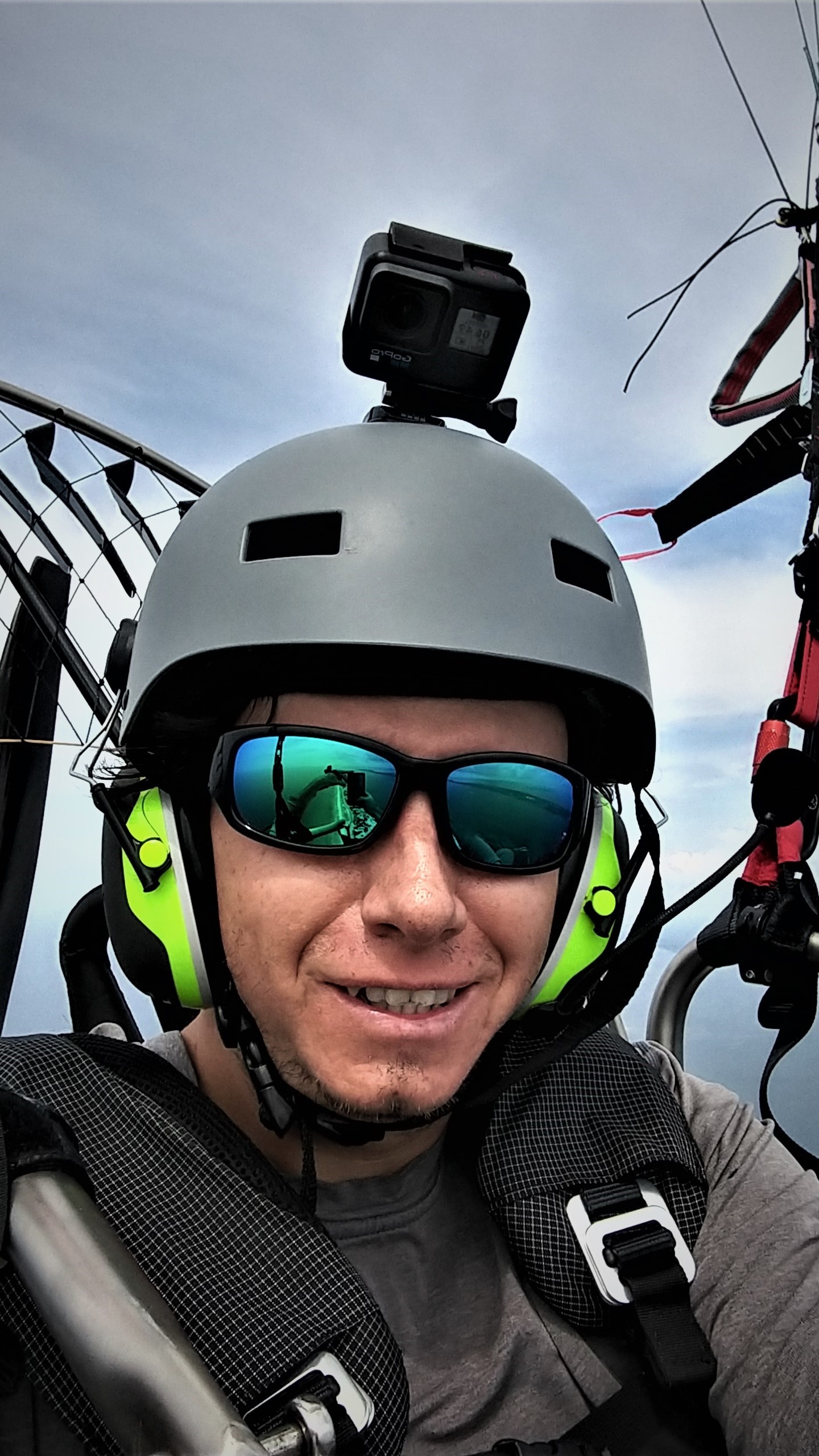
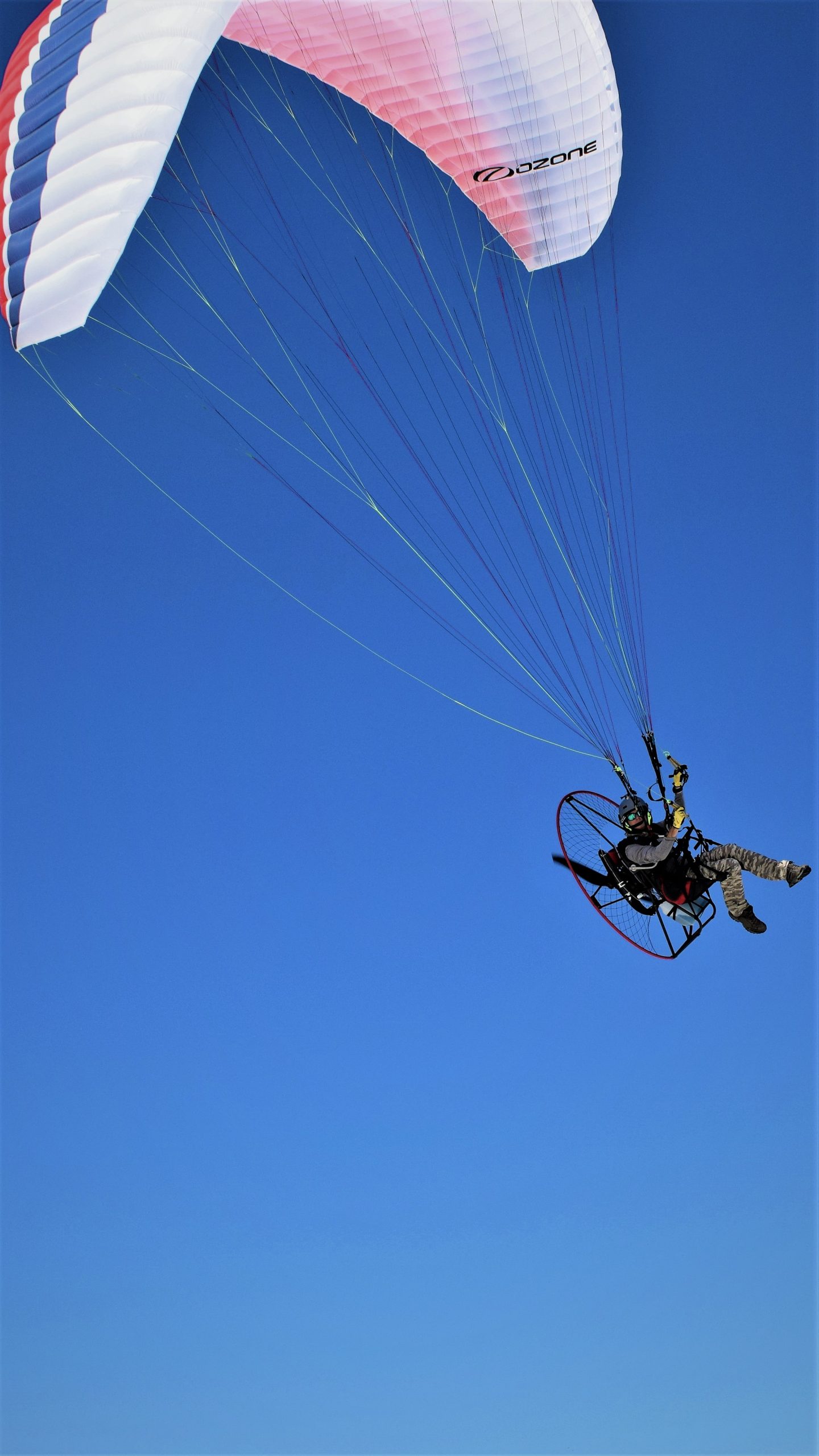
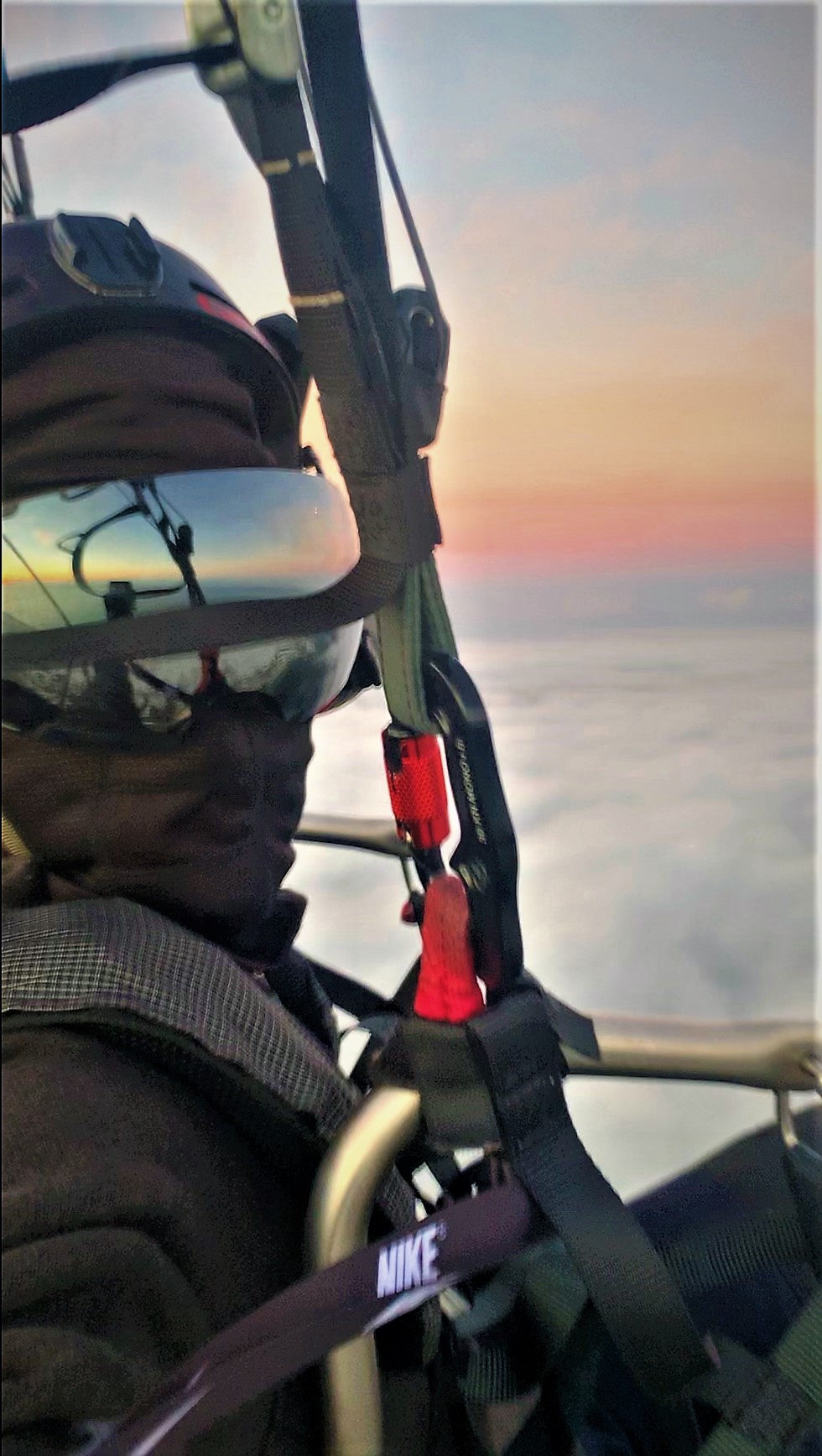

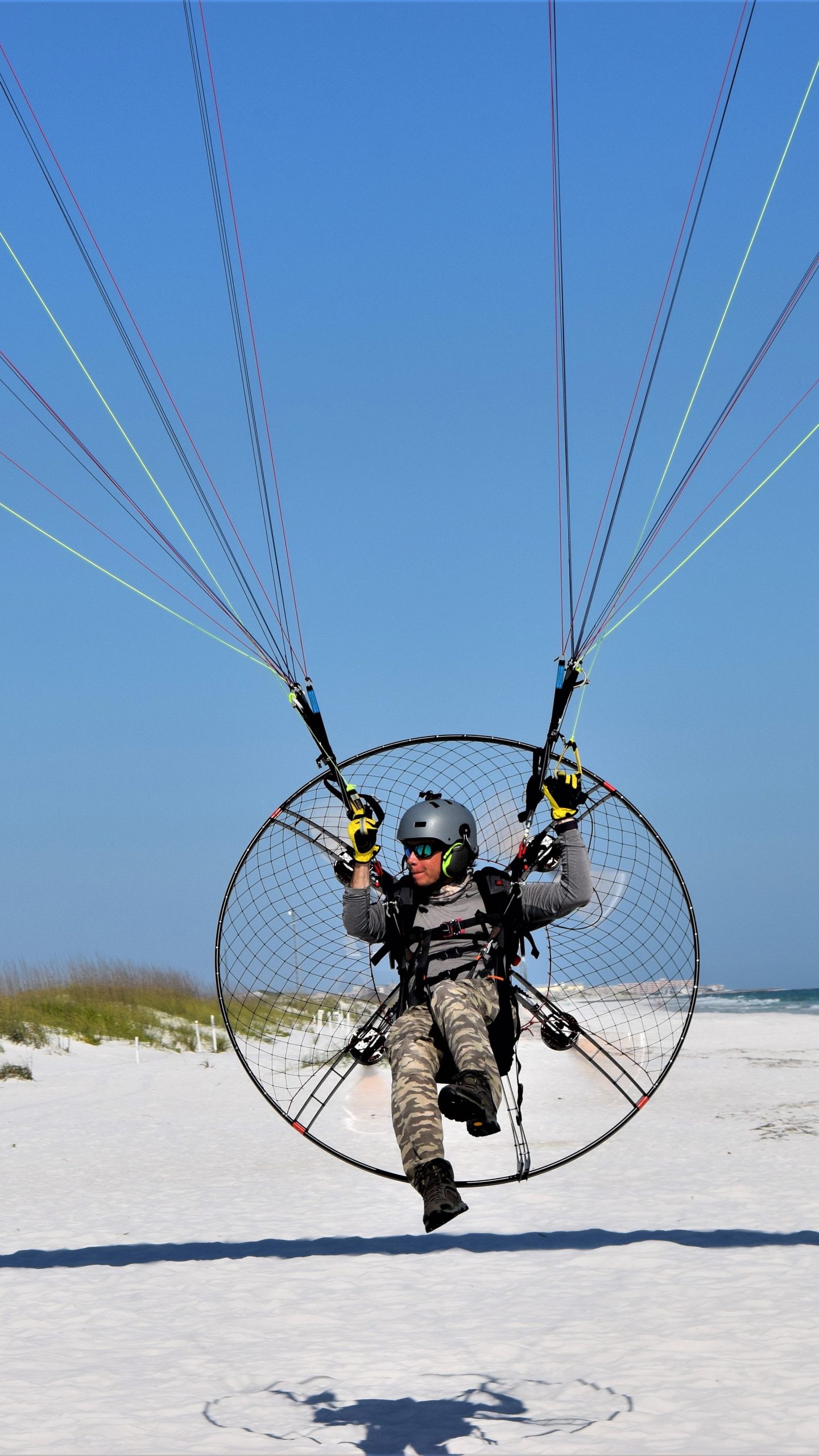
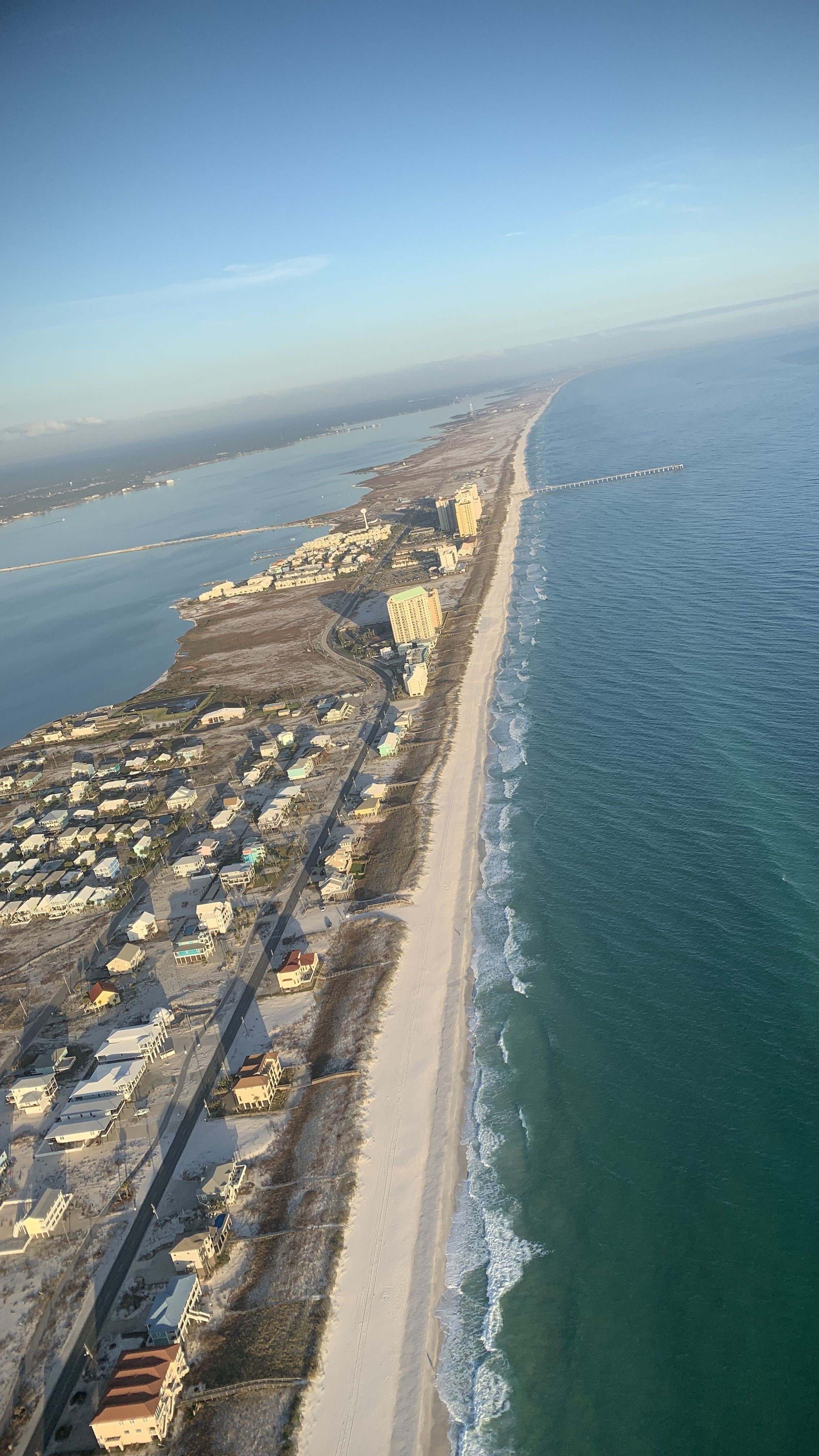
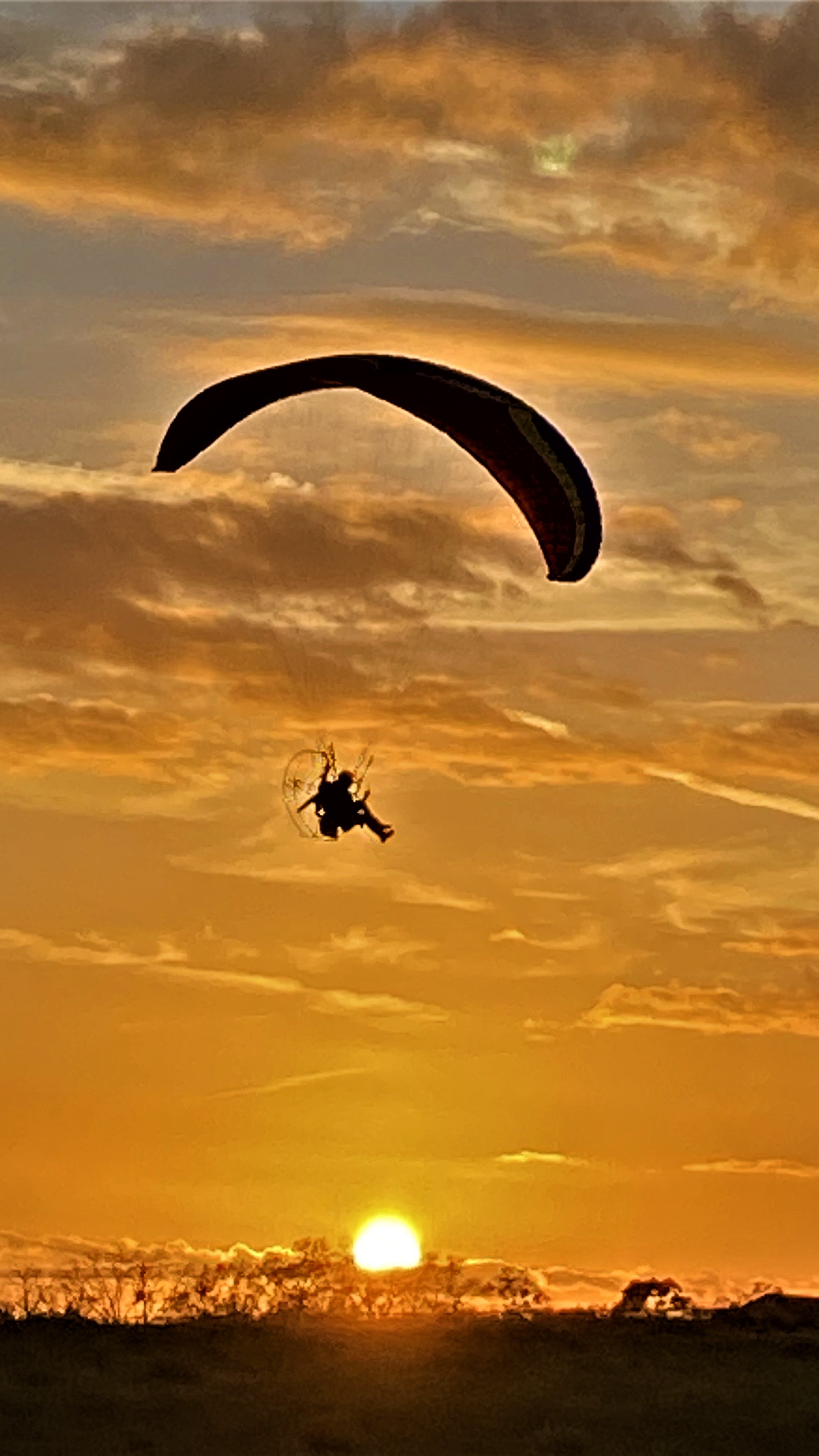
Check out some of the most common questions new pilots have about paramotoring.
You do not need any kind of licence or certifications to fly a paramotor in the states. However you need to get the best possible training to learn how to fly a paramotor. Getting training will keep you safe, make you a better pilot and you will avoid trashing your expensive gear.
Most normal powered paraglider landings are accomplished with the engine intentionally turned off. If the motor unexpectedly quits running, the pilot flies the paraglider normally, and glides in for a landing at a safe location. With a paramotor you can land in a very small amount of space which is a huge advantage during an emergency landing.
From and to any relatively flat surface that is reasonably free of obstructions such as power lines, trees, and fences as long as the flight is not conducted over congested areas or within certain controlled airspace. It is always important to check any new locations on an airspace map. You need to see if you can fly safely and legally in the air space . It’s important for a paramotor pilot to understand airspace rules. During training, you will be educated on how to read airspace charts, understand airspace charts and how to fly legally in the allowed airspace.
Powered paragliders are turned by pulling down on the appropriate left or right control line. They lead from the vicinity of the pilot’s respective shoulder to the trailing edge of the paraglider on the respective side of the wing for the desired direction of turn. Climbs are accomplished by increasing the power output of the paramotor through the use of a hand held throttle. Descents are accomplished by reducing the power output of the paramotor through the use of the hand held throttle. To climb a PPG pilot increases power by squeezing the throttle. To descend a PPG pilot reduces power by relaxing pressure on the throttle. To turn left the pilot applies pressure to the left control handle and to turn right the pilot applies pressure to the right control handle. To reduce speed for landing, after gliding to within a few feet of the ground with the paramotor turned off, the PPG pilot applies pressure to both the left and the right control handles simultaneously.
From and to any relatively flat surface that is reasonably free of obstructions such as power lines, trees, and fences as long as the flight is not conducted over congested areas or within certain controlled airspace. It is always important to check any new locations on an airspace map. You need to see if you can fly safely and legally in the air space . It’s important for a paramotor pilot to understand airspace rules. During training, you will be educated on how to read airspace charts, understand airspace charts and how to fly legally in the allowed airspace.
Most paramotors come with 2.5 gallon fuel tank. Depending on the type of flying you do, and how long and how hard you are on the throttle, you can expect a flight time of 2-3 hours. With steady power, you can typically cover up to a 50 mile round trip.
You can foot launch a paramotor as long as you are in good physical condition. You need to be capable of jogging for a short distance with up to 60lbs on your back. You should not suffer from back or knee problems with weight on your back. If you can not carry up to 60lbs on your back or have back or knee problems you can still fly a paramotor. By flying a paramotor that is attached to a trike, you will not have to carry any weight on your back. You can just sit in the trike and fly. For more information on a paramotor with a trike contact me.
Speed depends on the wing size and type. The average speed on the wings we sell can be up to 25-35+mph and can go even faster as you move down to smaller size wings.
To reserve a class please fill out the form bellow.
Or call/email for reservation 727-637-2224 flyhighparamotors@gmail.com
Complete the steps below to reserve a training spot. Training sessions are typically from 9:00 AM CST-4:00 PM CST. 7-10 days straight. Training duration can vary depending on individual learning ability/skill levels, age, and physical shape.. Training cost for group class is $2400, which includes all gear rental and fuel for the Paramotor. If you would like to schedule private training please email us to reserve a date.
In order to guarantee your training spot a deposit of $400 is due upon completing this form to reserve your training date. Remainder balance of $2000 must be paid on the first day of class by cash or Bitcoin, no credit card or checks accepted for training. Training deposit is non refundable but you do have the option to transfer your deposit to another training date should you need to within 1 week of your training start date.
Once your deposit is received you will be emailed a conformation for your requested training date and you will also be emailed your waivers and additional study materials and training location map link.
